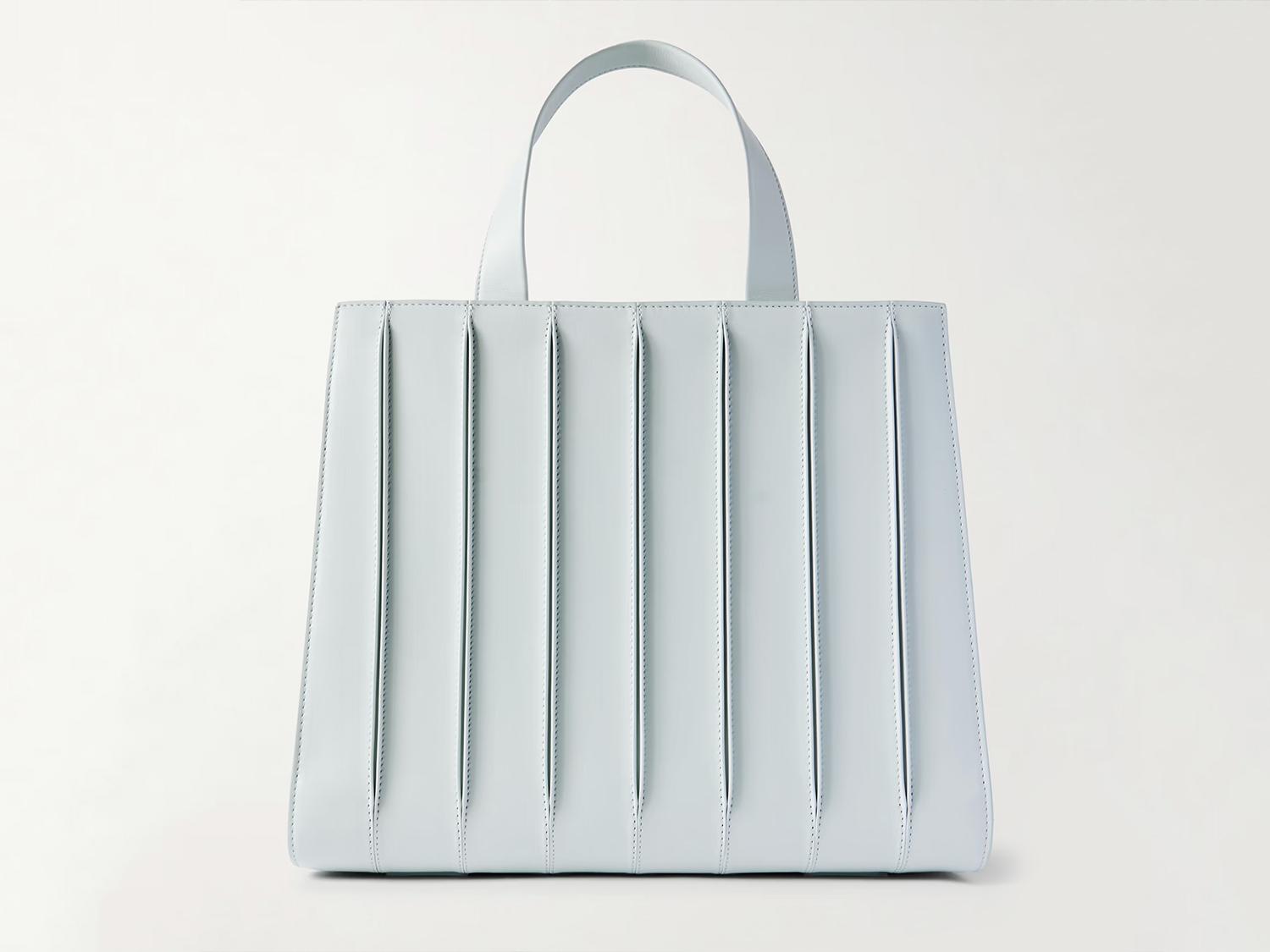From Quiet Luxury to Iconic House Codes.
Luxury doesn’t need to be quiet to be thoughtful, and it doesn’t need to be loud to be heard. Somewhere in between lives a kind of elegance that knows exactly what it’s saying.
In recent years, the rise of quiet luxury has shifted fashion’s volume dial. Logos faded into tone-on-tone palettes, silhouettes sharpened into architectural restraint, and a new language of status emerged: one rooted in craftsmanship rather than branding. But luxury has never been a monologue. Alongside this whisper-soft minimalism lives a louder, though no less refined, tradition: the house code. The monogram, the clasp, the stripe. Not noise, but recognition. These are the visual signals that speak not only to what you own, but what you understand.
Quiet luxury doesn’t need a name stitched on the outside. It’s in the feel of a material, the precision of construction, the restraint in design. Brands like Loro Piana, The Row, Jil Sander, Bottega Veneta, and Max Mara speak in subtleties through fabric, silhouette, and intention. These are pieces that favour tactility over trend, purpose over performance. There’s a quiet confidence in their construction. A kind of elegance that asks to be felt rather than flaunted. This is the kind of piece that doesn’t just rest on your shoulder. It lingers with you, soft to the touch and, in the case of Loro Piana, infused with the clean, earthy scent of cashmere and suede. Utterly unforgettable.
At the other end are the icons. The instantly recognisable signatures of the fashion houses: monograms, motifs, hardware, heritage. House codes that have transcended trend cycles to become cultural currency. Think the curve of the Dior Saddle, the interlocking Gs, the LV canvas, the Chanel chain. Their power isn’t just in their look. It’s in what they represent.
Designers have long moved between these poles. Tom Ford’s Gucci embodied the seductive, logo-forward glamour of the early 2000s. Philo’s Celine rejected overt branding entirely, opting instead for intellectual minimalism. Jean Paul Gaultier built his legacy on theatrical silhouettes and recurring cultural motifs that became house codes in their own right, long before quiet luxury entered the conversation.
Some, like Hermès, blur the line. The Birkin and Kelly began in the world of quiet luxury: subtly branded, understated, and crafted for those who understood heritage without explanation. Designed with function in mind – the Kelly for equestrian elegance, the Birkin for travel – they were once symbols of discretion. But over time, rarity gave way to recognition. Their quiet craftsmanship became louder not by design, but by demand.
Proof that true luxury doesn’t have to speak. Eventually, everyone starts listening.
This duality is what makes fashion, and collecting, so compelling. The Max Mara Whitney “A Decade” Edition, for example, leans into clean lines and architectural influence. A sculptural tote that whispers design integrity. In contrast, a bold Marc Jacobs era Louis Vuitton Speedy carries colour, playfulness, and a clear connection to cultural memory. They serve different purposes and moods, yet both belong in the same wardrobe. The best wardrobes, like the best collections, move confidently between minimalism and statement, anonymity and recognition, design purity and legacy.
Luxury doesn’t need to be loud to be relevant. And house codes don’t need to be quiet to be meaningful. What matters is the intention behind the choice and what that piece makes you feel. Because the best pieces never stay silent. They speak to you.
By Julia Gueller, Luxury Specialist
Top Image: Max Mara Whitney Bag 7 large pleated leather tote
August 2025
